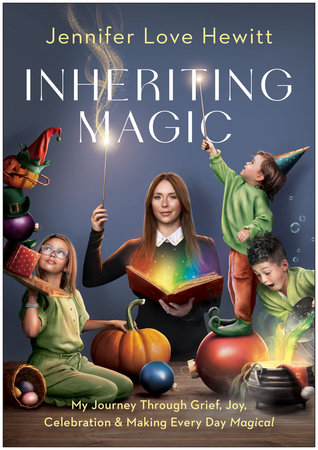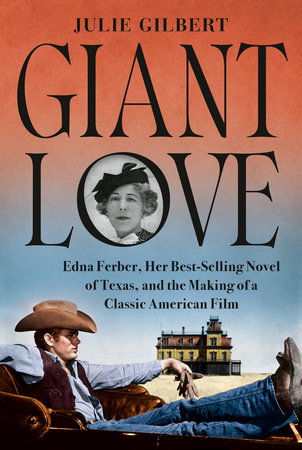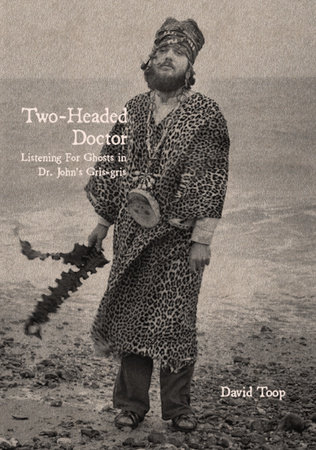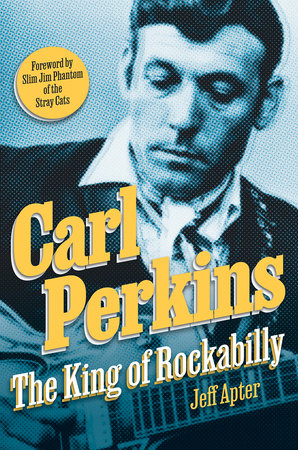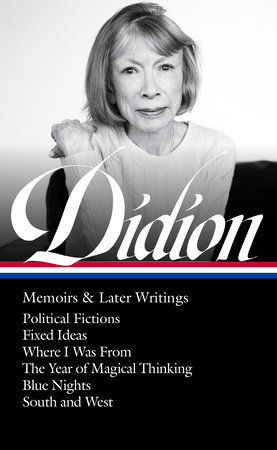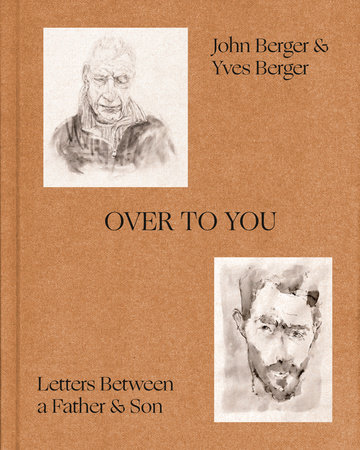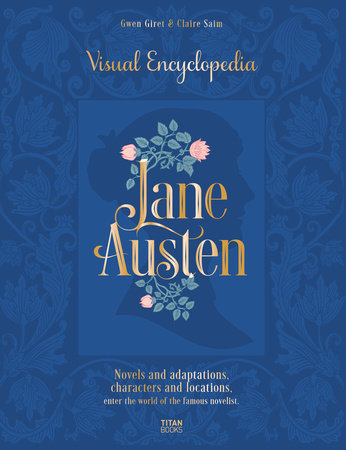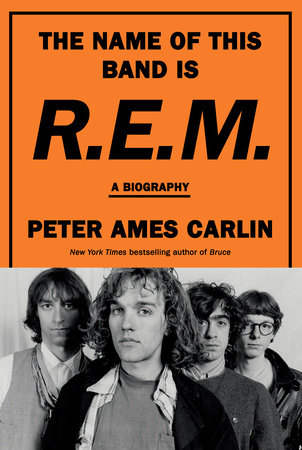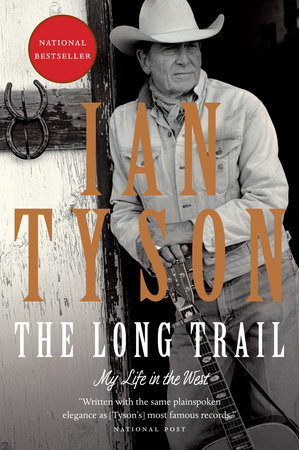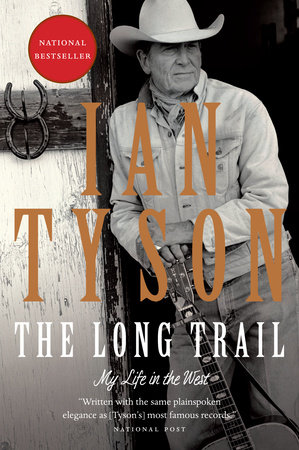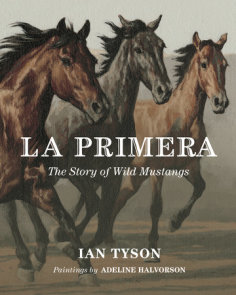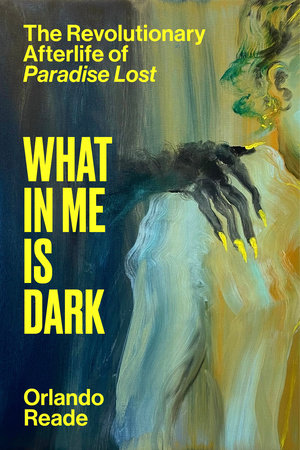After the surgery I was put in the broken leg ward for two weeks, along with a telephone lineman and a couple of other cowboys. The kid in the bed next to me had a guitar, and I started to learn this song I kept hearing on the radio. The singer was an Arkansas-born guy, about my age, whose name was Johnny Cash. The song that kept playing on the radio started like this: I keep a close watch on this heart of mine…
It was 1956, I was twenty-two years old and “I Walk the Line” was huge – but hard to learn on the guitar. It had a few key changes, which was unusual for country music of that time. The song also had a very distinct picking style. Later, when I went to New York, nobody played that way. Joan Baez and the other folksingers did Carter scratch, where you’re playing with your fingers. But Johnny Cash’s guys, the Tennessee Two, played a very simple percussive style with a flat pick. That’s exactly how I started playing, learning by trial and error in that broken leg ward until I could keep up with Johnny.
Before I found myself in that Calgary hospital, I never had any idea of seriously learning music. I had tried a little guitar when I was younger but, as usual, I didn’t take the trouble to apply myself. I often wonder what direction I’d have gone in had I started playing in my teenage years. I got a real late start, but in those days guitar players weren’t a dime a dozen as they are now, so being a late bloomer didn’t set me too far back.
Music absorbed me in a very gradual way. I belonged to a generation that was waking up to music in the 1950s, and I’d gotten interested in jazz and big bands while working in the forest service. I remember piling into somebody’s car and going to hear Tommy Dorsey’s big band in Vancouver, driving all the way down from Harrison Lake. There were no bridges across the Fraser River then, so we had to take a ferry, all the loggers standing on deck in their black mohair suits. Tommy Dorsey absolutely blew us away. That was probably a sixteen-piece orchestra, and Tommy Dorsey was a great trombone and trumpet player. I think Gene Krupa was on drums. On another trip we heard Stan Kenton with his big band.
And then there was Rolly Borhaven, a handsome logger I’d met. He wore a moustache and goatee and had that whole Prince Valiant look of the time. Rolly was a ladykiller and played the guitar. We’d spend a lot of our free time at the legion halls, and invariably Rolly would get up with his guitar and sing Wilf Carter. Carter was the folk superstar of the time, with his original guitar style and wonderful voice, clean and pure as the Rocky Mountains. His songs were ridiculously corny – There’s a love knot in my lariat, for example – but melodically brilliant. His sound was like no other, and it seemed to come right out of the high country.
